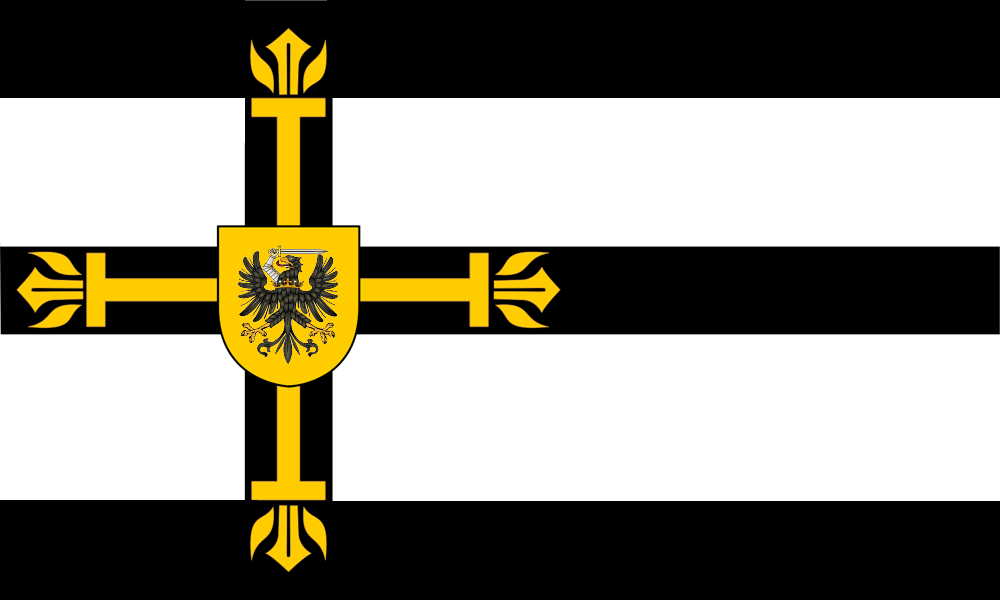
:origin()/pre00/15c0/th/pre/f/2014/245/b/f/alternate_usa_by_federalrepublic-d7xoslz.png)
Norway’s path to their current flag was not as straightforward as it was for the other Scandinavian countries. The state and naval flag has three prongs, like the Swedish state flag (see image below). It was designed by member of Parliament Fredrik Meltzer and adopted in 1821, although it wasn’t officially flown until 1899 after Norway’s union with Sweden dissolved.Īs in Sweden, the rectangular flag is only for civilian use. The Norwegian flag features a blue cross outlined in white and a red body. Sweden’s regions and provinces also have their own nordic cross flags with distinct colourings: Oland flagįlag of Norway (Norges flagg) Norwegian flag colors The Swedish royal standard ( Kungliga flaggan), is also a tretungad flagga, with the addition of the coat of arms featuring the Order of the Seraphim, an order traditionally ruled by the Swedish throne. Though it was originally a swallowtail silhouette, like the Danish flag, in the mid 1600s the three tail version was adopted.

The military and naval ensign ( tretungad flagga), which can be seen below, features three prongs. Unlike in Denmark, the Swedish state flag and civil flag are one and the same. Others assert that this story is a little too close to the Danish flag’s origin legend. The origin legend of the Swedish flag holds that King Eric IX saw a golden cross in the blue sky when he landed in Finland during the First Swedish Crusade of 1157, prompting him to adopt the symbol and colors as his banner.

The colors are said to be inspired by the Swedish coat of arms, which features blue and gold, and was modelled on the Danish flag. The Swedish flag features a yellow/gold cross and a blue body. It’s rare to find a birthday party or anniversary celebration that doesn’t include Dannebrog, indicating that Danes feel very personally connected to the flag.įlag of Sweden (Sveriges flagga) Swedish flag colors The civilian version of the Danish flag is immensely popular across the country, and is often used for private celebrations. This flag is only used by the royal family, and can be seen flying above their residences to indicate that they are home. In addition, there is a royal standard flag for each member of the royal family, which is the Splitflag with the addition of the royal coat of arms in the middle of the cross. The Orlogsflag is a longer flag and has a slightly deeper hue you may only notice it if you were to see the flags next to each other. The red of the Splitflag as well as the civilian flag is called “Dannebrog red,” and was originally made from madder root. The flags with split ends are state flags, and are used in official capacities only. There are several version of the Danish flag: the civil flag, which can be flown by civilians, the Splitflag (seen in the image below), which is the official Danish state flag used by the military when on land, and the Orlogsflag, used by the navy. The story goes that as the Danes were about to lose, Dannebrog fell from the sky and filled the hearts of the Danish soldiers with courage, spurring them to victory. The origin legend of the Danish flag takes place during the Battle of Lindainse during the Livonian Crusade in 1219. It is the longest continuously-used national flag and was officially adopted in 1854, after having been the merchant ensign flag since 1748 and unofficially used around the country since the 14th century. The Danish flag features a white cross and red body. What does each Scandinavian flag (Nordic flag) look like?įlag of Denmark (Dannebrog) Danish flag colors This flag was hoisted by troops during various wars, including the northern Crusades. The Kalmar Union, which was the kingdom that united Denmark, Sweden, and Norway, as well as parts of Finland between 1397 – 1523, adopted a flag with a red cross and yellow body. The Scandinavia cross flag originated as a symbol of Christianity and was used on banners during war. The History of the Scandinavian Flag (Nordic Flag) Where did the Nordic cross flag originate and what does it symbolise? Learn the history of the Scandinavian flags (Denmark, Sweden, and Norway) as well as that of Finland and Iceland: Greenland is the only Nordic country that does not use this flag instead, they have their own image, adopted when Greenland won its independence in 1985. Instantly recognisable, the flag design covers Denmark, Sweden, Norway, Iceland, and Finland. The Scandinavian cross flag, also known as the Nordic cross flag, is widely known as the symbol of the Nordic region.


 0 kommentar(er)
0 kommentar(er)
